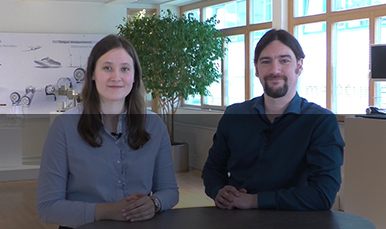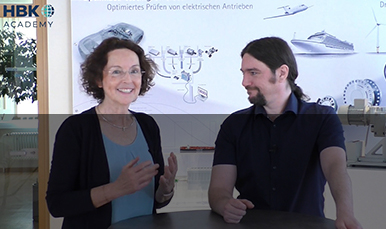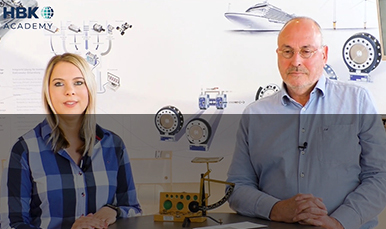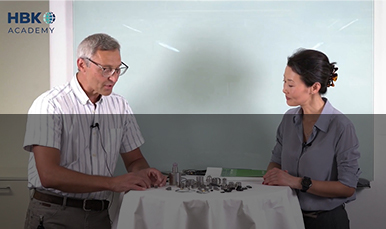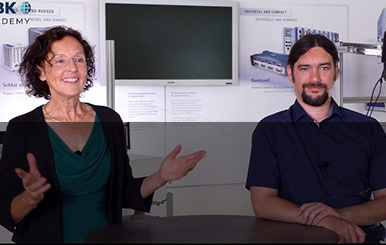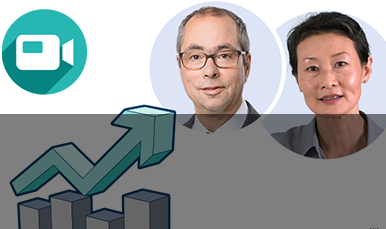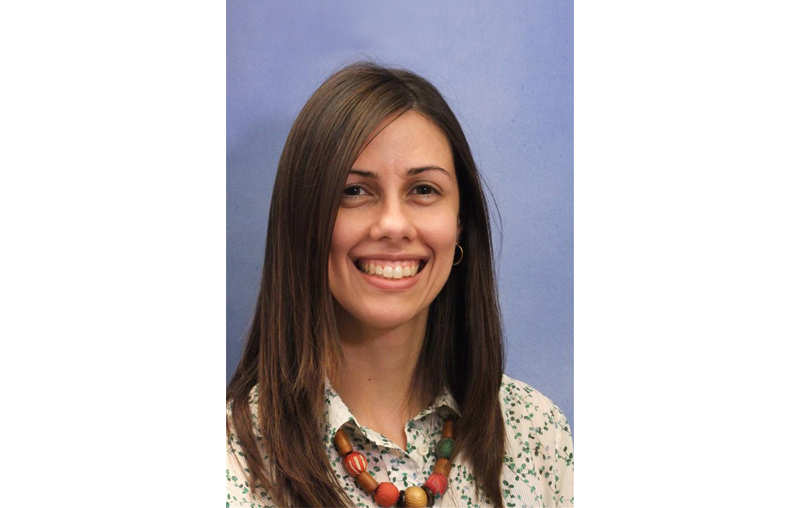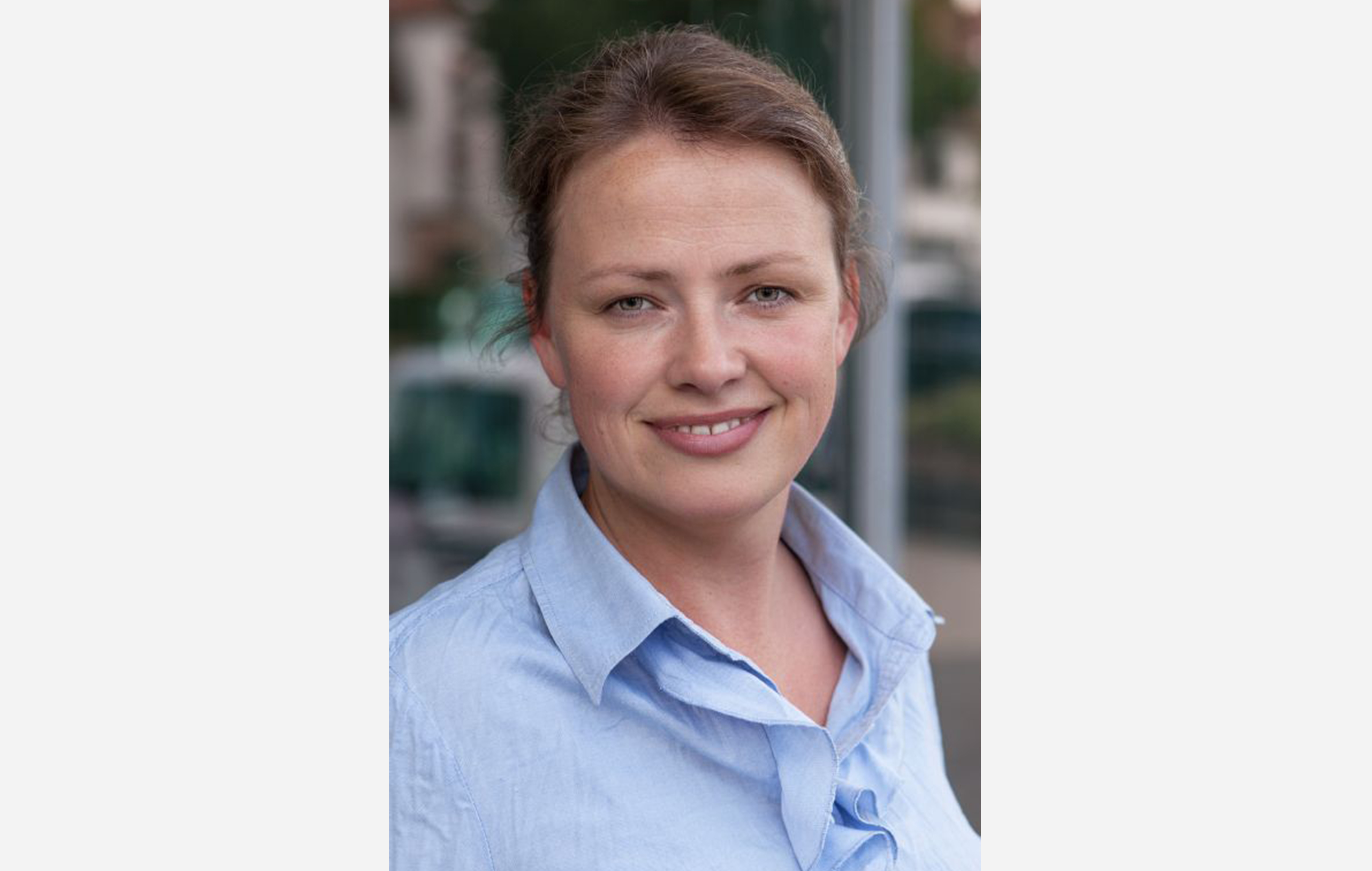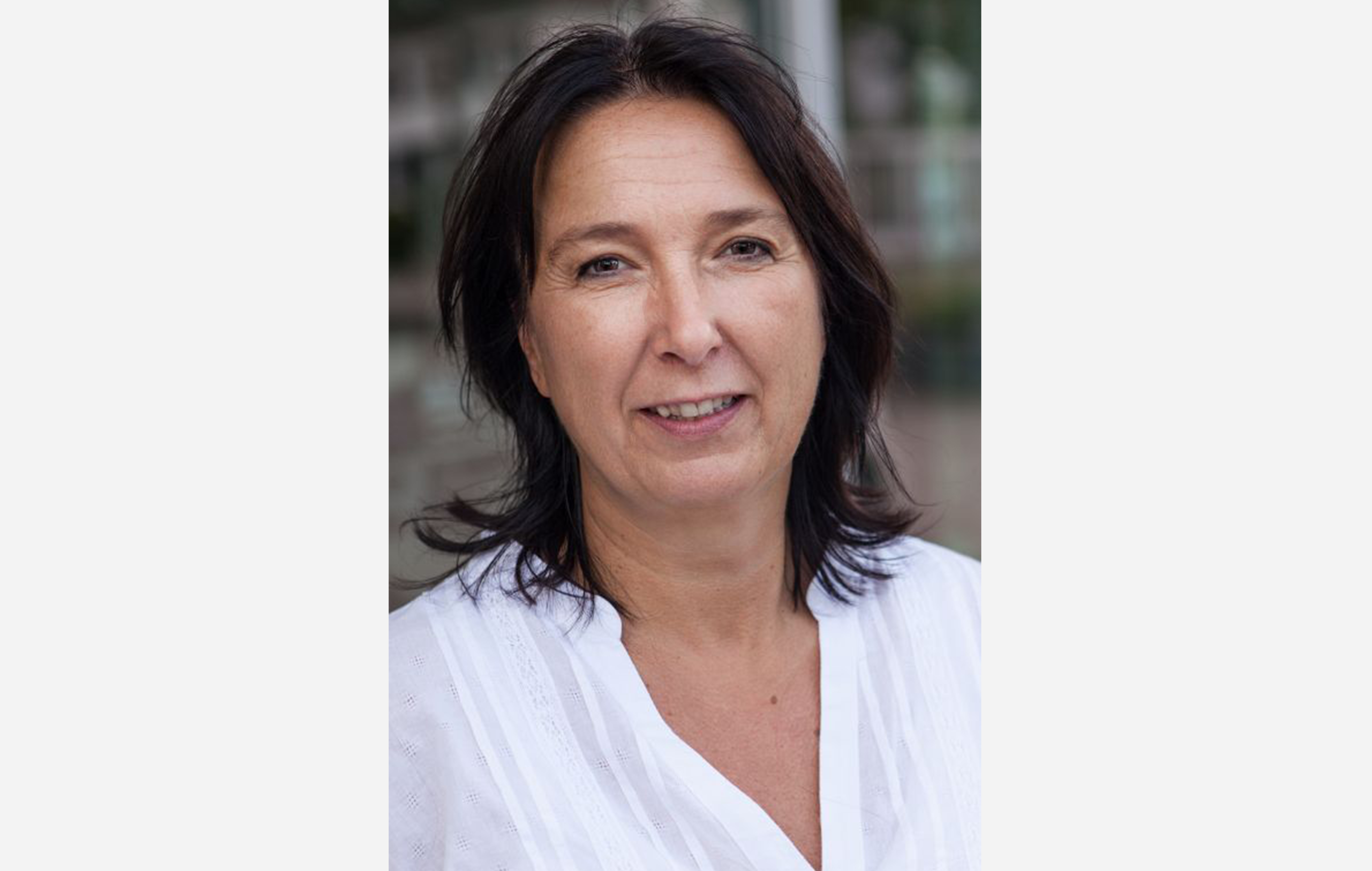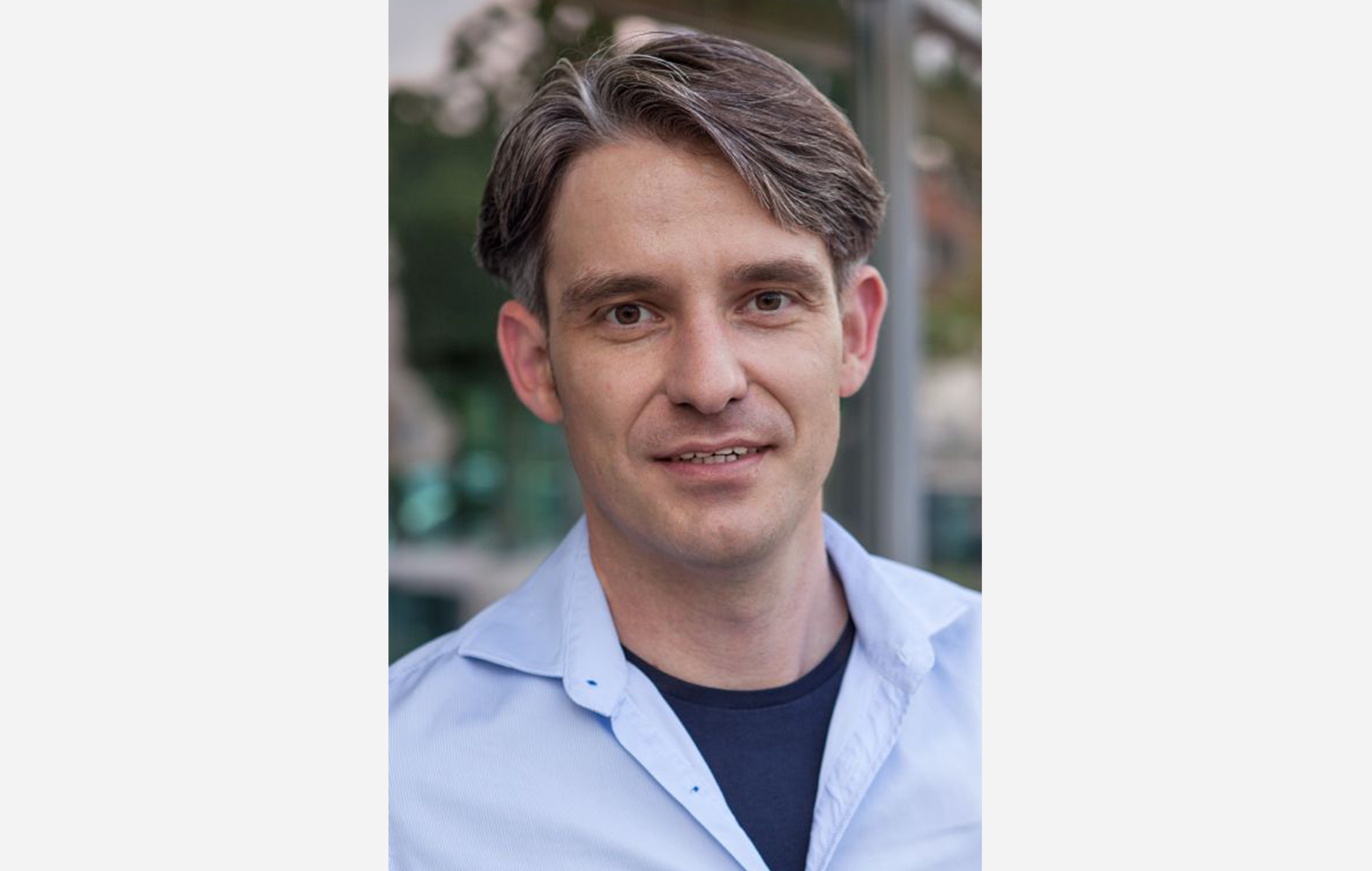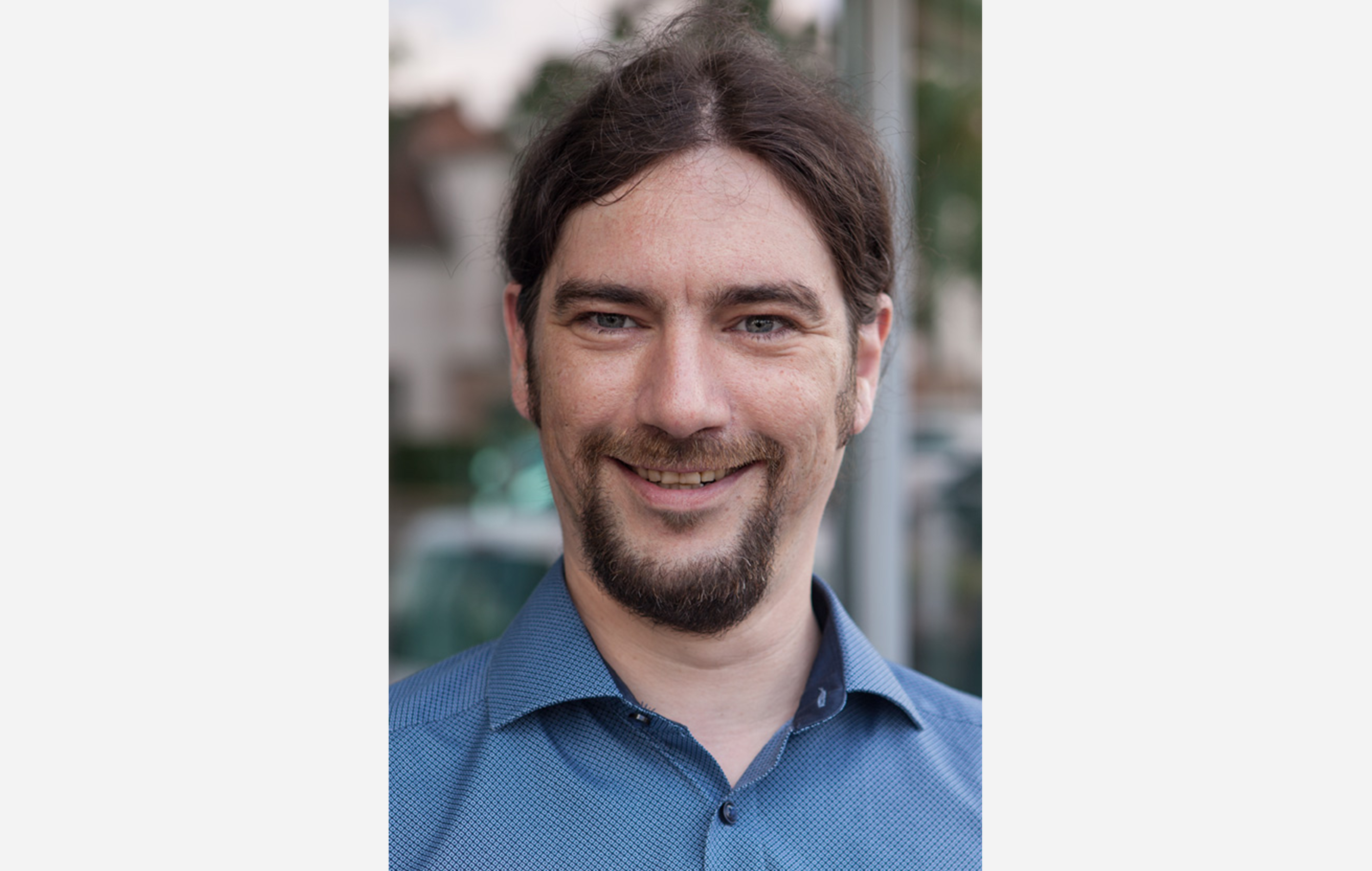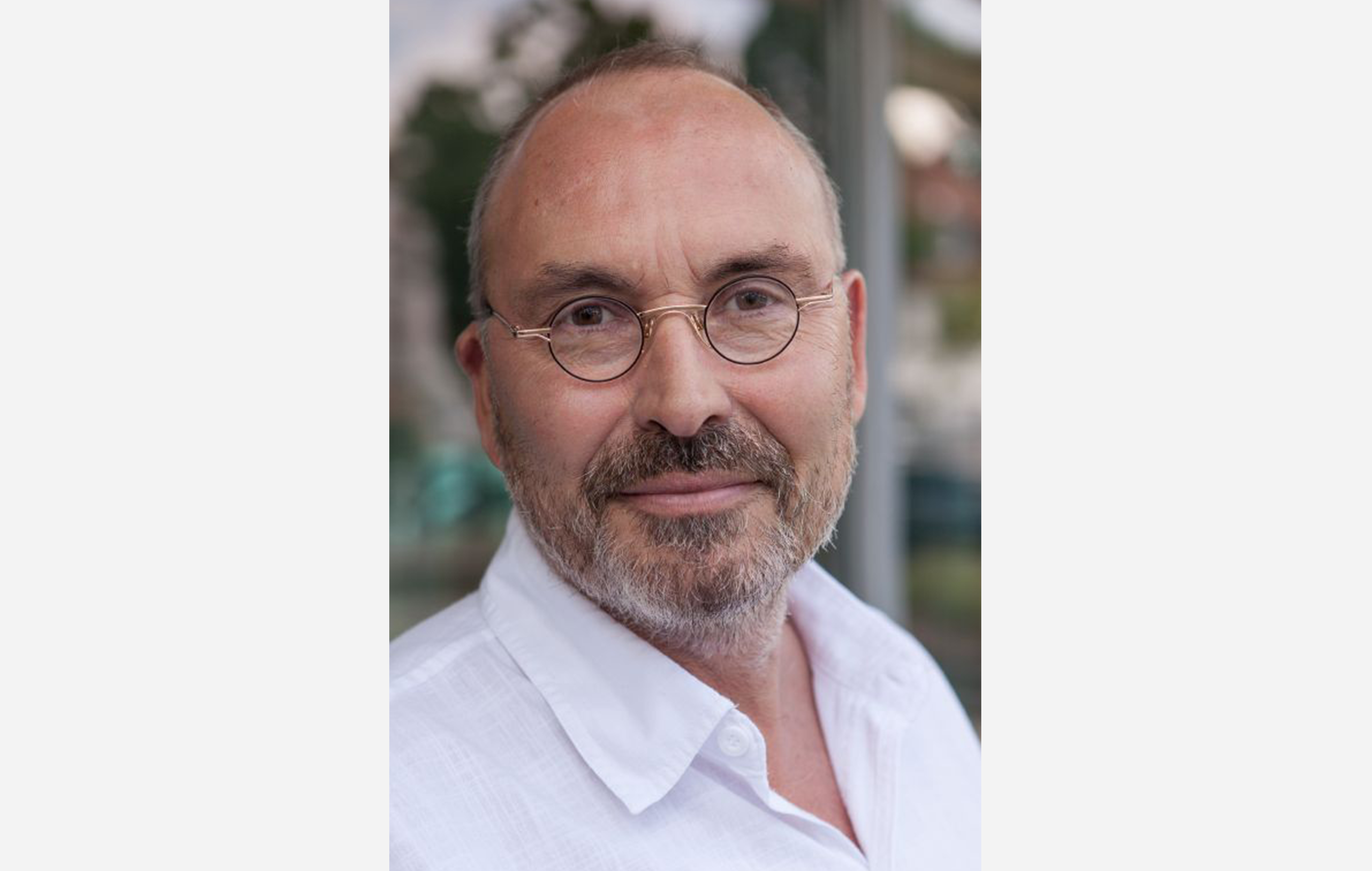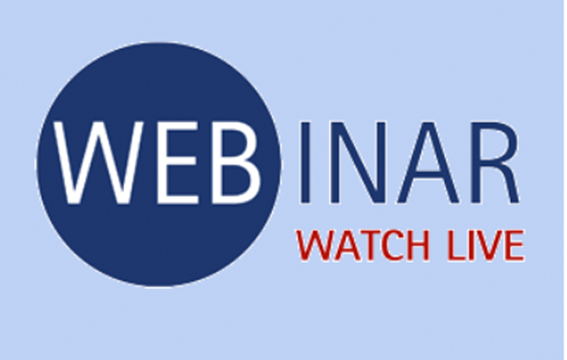
Correct Sample Rate and Filter Type
In this video, our trainer Thomas Hesse will explain the importance of choosing the right sample rate and filter for measuring. This selection is crucial to the accuracy and value of your measurement values.
What is the ideal filter type and sample rate?
Unfortunately, there is no universal answer to these questions. It depends on the measuring process, its dynamics, and the goal of the measurement. Even the ideal filter is purely theoretical. Real filters do not behave in an ideal way, but rather have a variety of characteristics. It is therefore important to be familiar with the characteristics of the most important filters in order to be able to choose the appropriate filter to achieve the goal of the measurement.
This makes a fundamental understanding of the sample rate and filter essential.
Learn how to...
- Applying filters - during the measurement or post-process?
- Bessel and Butterworth filters - their strengths and weaknesses
- Apply cut-off frequency, passband, and stopband
- How to recognize undersampling
- Aliasing – a good-looking measurement signal delivers a false sense of security, leading to erroneous interpretations.
- When is the Shannon-Nyquist sampling theorem helpful and when can it be misleading?
How to setup measurements
In this 25-minute HBK Expert Talk, you will gain a fundamental understanding of how to select the most important measuring parameters.
Our expert Thomas Hesse, who is a trainer at the HBK Academy, takes a very illustrative and memorable approach to get the heart of the theory and visually demonstrates the effects using a series of brief, practical experiments.

Subscribe to our newsletter and receive the latest stories from our world of sound and vibration

